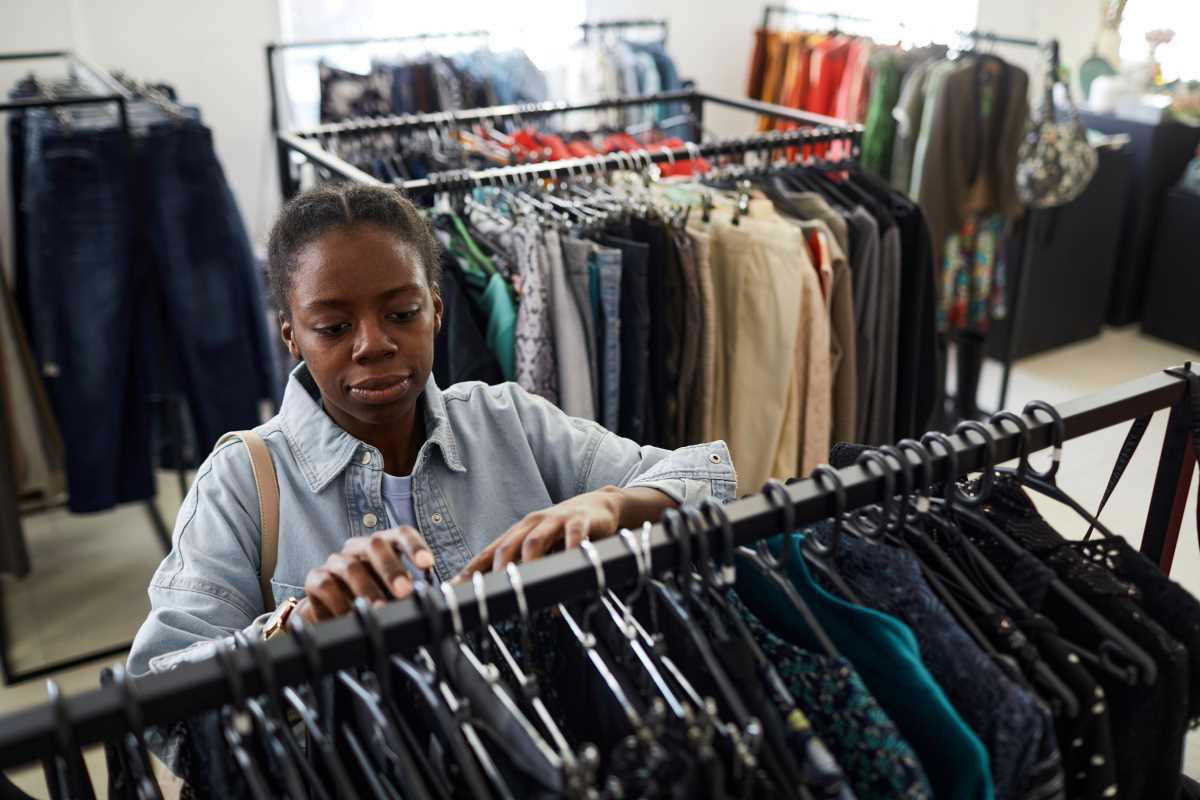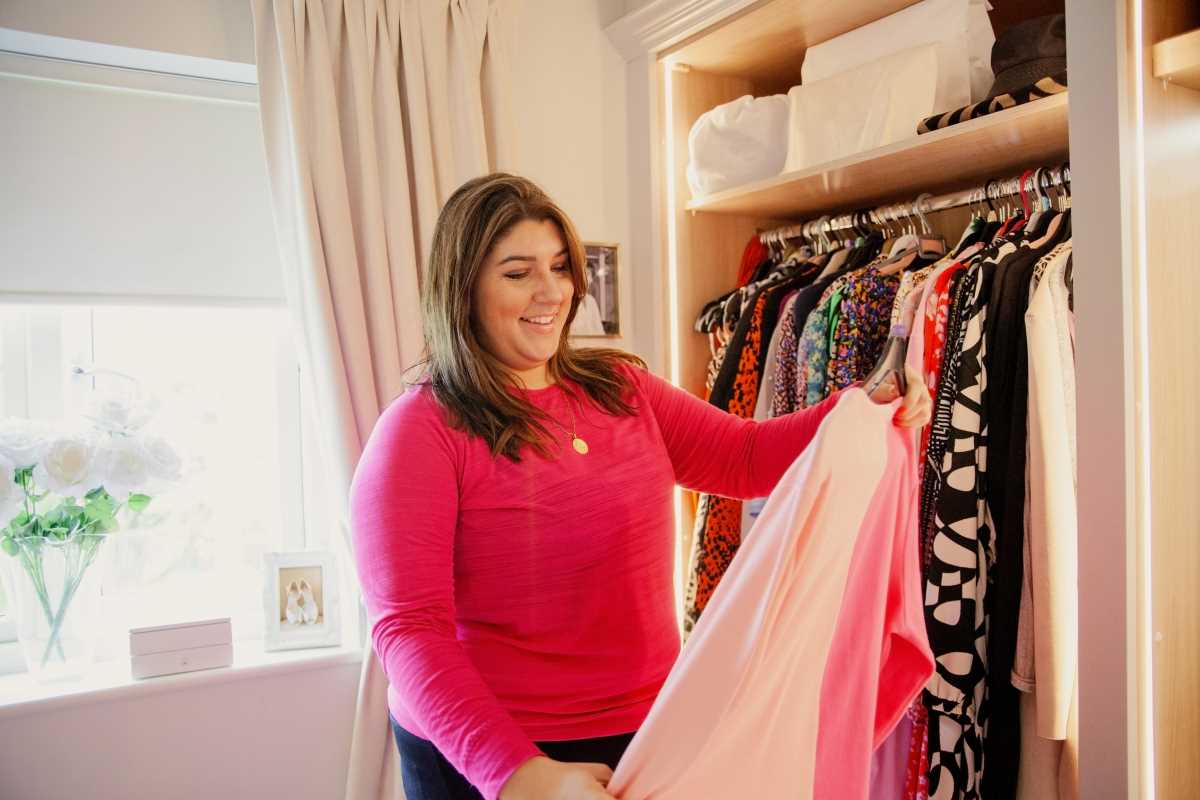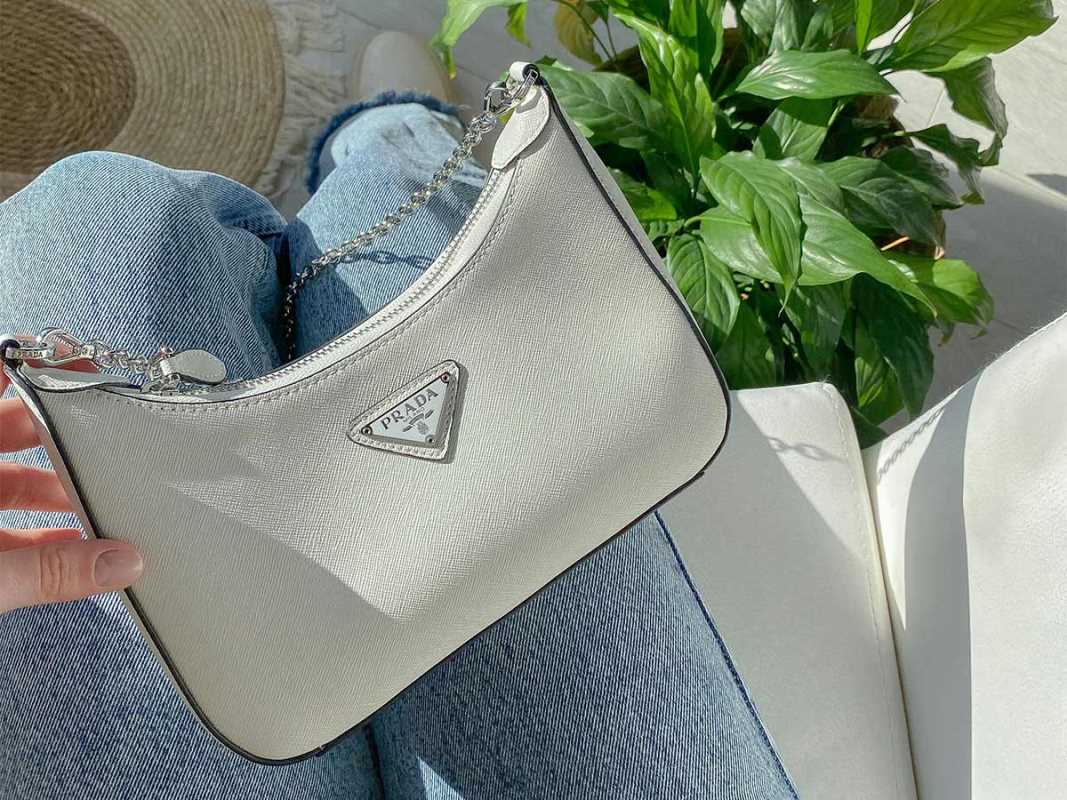We’ve all had days that feel heavier than others, where frustration or sadness creeps in. For some, the solution might be as simple as grabbing a coffee or calling a friend. For others, the answer might lie in strolling through the aisles of their favorite store or filling up an online shopping cart. This idea, often called retail therapy, is the feeling of comfort or happiness we get from shopping. It’s a term that’s been tossed around for years, especially by those of us who love the thrill of finding the perfect item. But does shopping as therapy actually work? And if it does, are there any drawbacks hiding behind the joy of a new purchase? Let's break it all down.
The Science Behind Retail Therapy
When people talk about shopping being therapeutic, they’re not entirely wrong. There’s actually science to back up why spending time picking out a great pair of shoes or upgrading your living room décor can make you feel happier in the moment.
Shopping causes a release of dopamine, the “feel-good” chemical your brain produces when you're rewarded. This is the same chemical responsible for the rush you might feel when you treat yourself to dessert or complete a challenging task. While dopamine can make shopping feel exciting and mood-lifting, it’s worth noting that this high is temporary. Once the shopping trip is over, life’s problems will still be there.
Shopping can also give people a feeling of control, especially during stressful or chaotic times. For instance, choosing colors, designs, and styles allows you to make decisions solely for yourself, which can provide a sense of order when everything else feels a little out of control. That control, however, is fleeting and may not address deeper emotional issues.
The Benefits of Retail Therapy
To many devoted shoppers, retail therapy genuinely feels like a form of self-care. Here are a few reasons why a good shopping session can actually feel therapeutic:
1. It Boosts Your Mood
Ever notice how picking up something new, even something small, can make you smile? That’s dopamine at work. Also, the act of getting out of the house and interacting with store staff or shop environments can help distract your mind from nagging worries.
2. It’s a Confidence Booster
Buying a flattering outfit or finally upgrading your home workspace isn’t just practical; it makes you feel good about yourself. When you purchase something that fits your personality or needs, it’s like affirming your own sense of identity.
3. A Creative Outlet
Shopping can spark creativity. Whether it’s piecing together outfits, decorating a new space, or experimenting with a hobby, the process lets you explore new ideas that can inspire or relax you.
4. A Distraction From Stress
Sometimes, zoning out while scrolling through an online shop or hunting for deals in person can give your brain a little break from life’s challenges. It’s a way to shift focus, even if it’s just for a short time.
Drawbacks of Retail Therapy
While shopping has its perks, it’s essential to recognize the other side of the coin. Retail therapy may not always have the lasting effects people hope for, and in some cases, it can create new challenges.
1. Temporary Relief, Not a Permanent Fix
If you’re shopping to escape deeper emotional struggles, it’s important to remember that the relief it provides won’t last. Using shopping to avoid dealing with stress, anxiety, or sadness can turn into a cycle, leaving those feelings unresolved.
2. Buyer's Remorse
Ever feel disappointed after making a purchase that seemed like a good idea at the time? Impulse shopping can sometimes lead to regret, especially if the item doesn’t work out or puts an unexpected dent in your finances.
3. Overspending and Debt
One of the most significant risks of retail therapy is going over budget. That sense of control we talked about earlier? It can disappear quickly if you find yourself spending more than you can afford, leading to financial stress and a negative impact on your mental health.
4. Masking Bigger Issues
Relying on shopping as a coping method can sometimes prevent people from addressing the root causes of their emotions. Therapy, talking to loved ones, or spending time improving your mental wellness might feel more challenging but can lead to better long-term results.
Striking a Balance
The key to making retail therapy work for you lies in moderation and mindfulness. Shopping doesn’t have to be “bad” or “good”—it’s all about finding ways to enjoy it responsibly. Here are some practical tips to ensure shopping stays a fun and helpful experience:
1. Set a Budget
Before indulging in retail therapy, decide how much you can spend without causing financial strain. Sticking to this budget can help you avoid guilt or stress later on.
2. Shop With Purpose
Window shopping is harmless fun, but it’s easy to fall into the habit of buying things you don’t need. Before making a purchase, pause and ask, “Do I really want this?” or “Will I still love this tomorrow?”
3. Follow the 24-Hour Rule
Avoid impulse buys by waiting 24 hours before purchasing something. This gives you time to think about whether the item really fits your needs or just feels like a quick fix.
4. Explore Other Coping Mechanisms
Shopping doesn’t have to be your only way to feel better. Consider taking a walk, writing in a journal, trying a new activity, or even spending quality time with friends. These alternatives can be just as rewarding and often more beneficial in the long run.
5. Be Honest With Yourself
If you notice that you’re shopping frequently to cope with difficult emotions or that it’s starting to affect your finances, consider seeking support. Speaking with a therapist or counselor can help you uncover healthier ways to manage your feelings.
Treat yourself once in a while, but don’t rely solely on shopping to manage your emotions. Exploring other forms of self-care and coping strategies can lead to a more fulfilling and sustainable way to deal with life’s ups and downs. After all, a true sense of happiness comes from taking care of yourself, not just your closet!
 (Image via
(Image via





